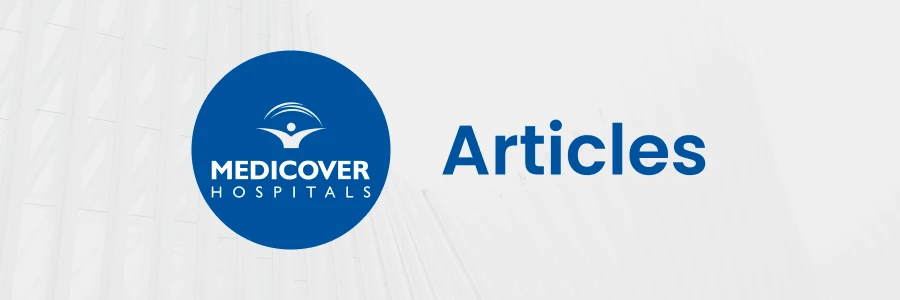
What is Intravascular ultrasound (IVUS) ?
Coronary heart disease, also known as Coronary artery disease (CAD) or ischemic heart disease, is a rapidly growing cardiovascular disease prevalent across the world. Cardiovascular diseases (CVDs) are one of the leading causes of mortality in India.
The high rate of coronary heart disease is due to various reasons, like unhealthy lifestyle, poor eating habits, stress, sedentary lifestyle, and genetic factors.
To combat these heart diseases, advanced medical technology is now available for accurate diagnosis and treatment. Angiography, or Percutaneous Coronary Intervention, is one of these procedures done using contrast, which is often not safe for patients suffering from kidney disease or diabetes.
Why is contrast used for heart imaging procedures?
Heart imaging procedures are imaging diagnostic tests done by a cardiac radiologist to diagnose various heart problems.
Heart imaging procedures include:
- CT Coronary Angiography (CTCA)
- MRI Heart (Cardiac MRI)
- Coronary Artery Calcium Scoring
Radiologists use a contrast medium, contrast agent, or dye, which is a chemical agent to enhance specific body tissues and organs to get more clear images on the imaging scans.
When a contrast agent is introduced into the body, it helps to easily examine the affected part of the body (e.g. specific organs, blood vessels, or tissues) by making it look different from the other normal structures. Contrast mediums are not harmful substances.
A contrast agent is introduced into the body in the following ways -
- Injected into a blood vessel
- Administered by enema (given rectally)
- Swallowed (taken by mouth or orally)
Secure your health with a second opinion. Make informed decisions and book your appointment today!
Get A Second OpinionAlarming Facts
Upto 40% of diabetic patients who undergo Angiogram are prone to CIN and an alarming 50-90% of them are effected by CKD. Global statistics indicate that the presence of Coronary Artery Disease in kidney failure patients is as high as 48%. In fact, it varies from 48% to 87% depending on the various stages of the disease.2 out of every 10 CHD patients are detected with these problems and similarly, 5% of patients with kidney failure end up with Coronary Heart Disease.
The impact of dye-based contrast on vulnerable patients
Diagnostic medical imaging tests are routinely done to help diagnose various diseases and to decide a treatment plan. In many diagnostic tests, a contrast dye is necessary to get clear imaging pictures. But in a few cases, these contrast dyes can lead to kidney problems or worsening conditions among kidney patients. The two most common kidney problems noticed are - Contrast-induced Nephropathy (CIN) and Nephrogenic Systemic Fibrosis (NSF).
- Contrast-induced nephropathy (CIN) - It is a kind of kidney damage due to medical contrast agents. It is a hospital-acquired acute renal injury. Diabetic people are more at risk for CIN.
- Nephrogenic systemic fibrosis (NSF) - also called nephrogenic fibrosing dermopathy occurs in renal impairment patients and is linked with the contrast medium used during radiological scan tests.
Kidney patients undergoing angiography procedures with contrast agents face high-risk health problems like kidney failure or chronic kidney disease (CKD). Contrast-induced acute kidney injury (CIAKI) is a primary cause of Iatrogenic kidney failure. Diabetic nephropathy patients are at high risk of CIAKI.
The incidence of contrast-induced acute kidney injury CIAKI and CIAKI-associated death rates are more in patients with diabetes and with diabetic nephropathy.
A diabetic person, with no renal impairment, might acquire CIAKI and CIAKI might lead to the advancement of diabetic nephropathy.
CIAKI prophylaxis is important in all diabetic patients who require administration of contrast media in angiography tests regardless of renal function.
IVUS: A breath of relief for kidney patients and diabetics
Intravascular ultrasound (IVUS), is also called intravascular echocardiography or endovascular ultrasound. IVUS uses a unique catheter with a transducer or probe to produce high-frequency sound waves that generates images of the inside of blood vessels.
Benefits of using IVUS
Intravascular ultrasound (IVUS) is a breakthrough in intravascular imaging modality in cardiac cath labs which has transformed the precision of angioplasty. The cardiology department at Medicover Hospital is dedicated to provide the best Intravascular ultrasound (IVUS) treatment to their patients. Our cardiologists perform IVUS procedures with great precision offering the best outcomes.
